Search
Search Results
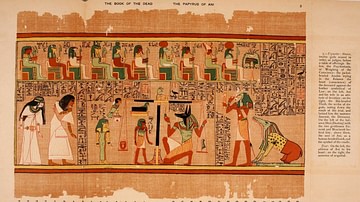
Definition
The Negative Confession
The Negative Confession (also known as The Declaration of Innocence) is a list of 42 sins which the soul of the deceased can honestly say it has never committed when it stands in judgment in the afterlife. The soul would recite these in the...
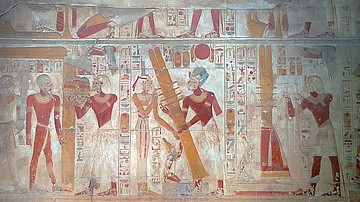
Article
The Forty-Two Judges
The Forty-Two Judges were divine entities associated with the afterlife in ancient Egypt and, specifically, the judgment of the soul in the Hall of Truth. The soul would recite the Negative Confession in their presence as well as other gods...

Definition
Ten Plagues of Egypt
The story of the ten plagues of Egypt is found in chapters 7-12 of the Book of Exodus. The story depicts the natural disasters sent by the God of Israel to convince Pharaoh to let the Hebrew slaves leave Egypt. The narrative purpose of the...

Image
La Orana Maria by Gauguin
An 1891 oil on canvas, La Orana Maria (Hail Mary), by Paul Gauguin (1848-1903) the French post-impressionist painter. This was the artist's first major canvas in Tahiti. It shows the artist's interest in Christian symbolism, as revealed in...
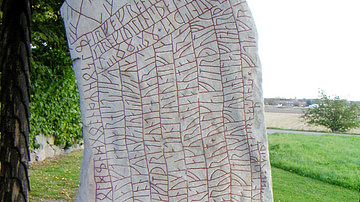
Definition
Runes
Runes are letters in the runic alphabets of Germanic-speaking peoples, written and read most prominently from at least c. 160 CE onwards in Scandinavia in the Elder Futhark script (until c. 700 CE) and the Younger Futhark - which illuminated...
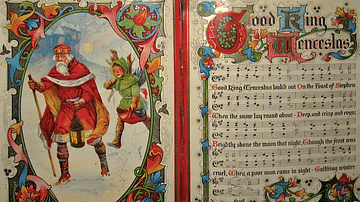
Article
The History of Christmas Carols
Christmas carols are a much-loved part of the Christmas season and while many have a long history, others are surprisingly recent. From medieval dancing songs to the 19th-century revival, the words and music of carols have evolved over time...
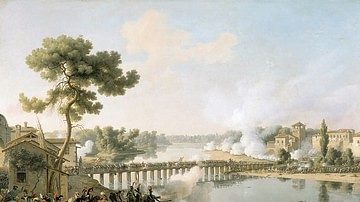
Article
Battle of Lodi
The Battle of Lodi (10 May 1796) was a minor, yet important, engagement during Napoleon's Italian Campaign of 1796-97. Although the battle itself held little military significance, victory at Lodi gave General Napoleon Bonaparte the respect...
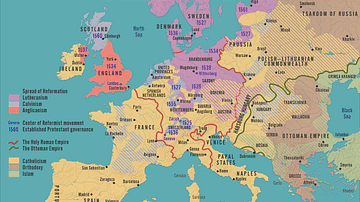
Definition
Protestant Reformation
The Protestant Reformation (1517-1648) refers to the widespread religious, cultural, and social upheaval of 16th-century Europe that broke the hold of the medieval Church, allowing for the development of personal interpretations of the Christian...
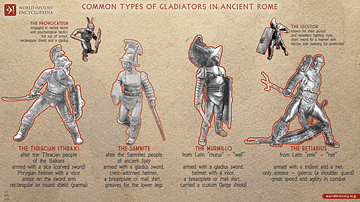
Definition
Roman Gladiator
A Roman gladiator was an ancient professional fighter who usually specialised with particular weapons and types of armour. They fought before the public in hugely popular organised games held in large purpose-built arenas throughout the Roman...
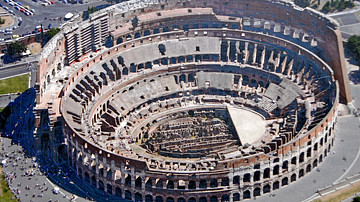
Definition
Colosseum
The Colosseum or Flavian Amphitheatre is a large ellipsoid arena built in the first century CE by the Flavian Roman emperors of Vespasian (69-79 CE), Titus (79-81 CE) and Domitian (81-96 CE). The massive arena held 50,000 spectators and hosted...